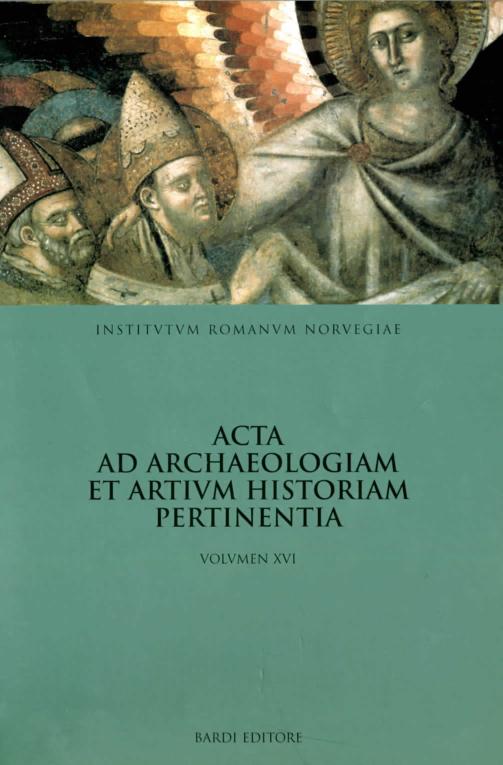A Kabbalistic Reading of the Sistine Chapel Ceiling
DOI:
https://doi.org/10.5617/acta.5686Abstract
The Sistine Chapel Ceiling reflects Renaissance Christian immersion in Kabbalah by replicating, in its nine central Genesis “histories” and its lunettes and pendentives beneath, the Kabbalistic matrix of nine supernal Sefirot and one terrestrial Sefira. The Renaissance Christian Kabbalist and papal advisor Egidio da Viterbo is posited here as the designer of this Ceiling program. Egidio’s known belief that Christian propagation of Kabbalah would hasten the arrival of the messianic kingdom provides the motivation for his conception of this Ceiling program and is evidenced specifically in the imagery itself, which focuses upon an association of Christ with the supernal Sefira Binah as the nexus of such expectations. Beyond merely replicating the Kabbalistic cosmology, the Ceiling demonstrates contemporary Kabbalistic engagement with notions of the imagination’s role in mystical practice. Such practice is addressed – via encoded references to Kabbalistic doctrine – with respect to its relationship to magic, prayer and to the prophetic phenomenon. The Ceiling program suggests a theurgical relationship, on the part of the devotee, to the Sefirot, as well as an interconnectedness between this theurgical posture and conceptions of Christian prayer and the role of the Catholic liturgy. Individual attainment is entwined, in the Ceiling, with notions of ascent through the sefiortic hierarchy and is associated as wll, true to the Kabbalistic tradition, with collective redemption. Such redemption was expected by Egidio to mark the moment when Kabbalah – and hence the Ceiling’s themes – would be widely understood.
How to Cite
Issue
Section
License

This work is licensed under a Creative Commons Attribution-NonCommercial 4.0 International License.
Authors who publish with this journal agree to the following terms:
- Authors retain copyright and grant the journal right of first publication with the work simultaneously licensed under a Creative Commons Attribution License that allows others to share the work with an acknowledgment of the work's authorship and initial publication in this journal.
- Authors are able to enter into separate, additional contractual arrangements for the non-exclusive distribution of the journal's published version of the work (e.g., post it to an institutional repository or publish it in a book), with an acknowledgement of its initial publication in this journal.
- Authors are permitted and encouraged to post their work online (e.g., in institutional repositories or on their website) prior to and during the submission process, as it can lead to productive exchanges, as well as earlier and greater citation of published work (See The Effect of Open Access).





